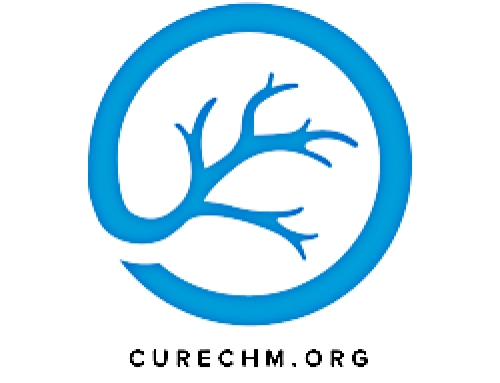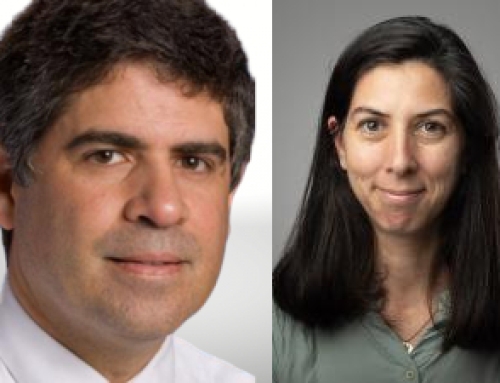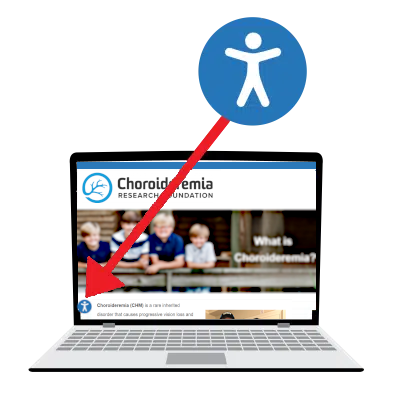The CRF awards three research grants totaling $219,000 to continue leading efforts to find a cure for Choroideremia
Springfield, MA., November 25, 2019
The Choroideremia Research Foundation announced three grant awards for studies focused on helping to find a treatment for CHM. A grant for $100,000 was awarded to Dr. Miguel Seabra at the at the Nova Medial School in Lisbon, Portugal, and another grant for $75,000 was awarded to Dr. David Gamm at the University of Wisconsin-Madison. A third grant of $44,000 was awarded to Dr. Richard Harbottle at The German Cancer Research Center in Heidelberg, Germany.
Dr. Seabra’s study, Mechanisms of Cell Death in Choroideremia, will investigate the cellular mechanisms that cause cell death in CHM patients. This is not fully understood today, and gaining insight into this process could lead to opportunities to slow or stop cell death and resulting vision loss. Dr. Seabra’s laboratory uses retinal pigment epithelial (RPE) cells developed in Dr. David Gamm’s laboratory from CHM patient stem cells. Dr. Seabra’s laboratory is studying the cellular mechanisms and cross-talk between intracellular structures to identify the underlying mechanisms of cellular death.
Dr. Gamm’s project is called Elucidating the Function of REP1 in Human Pluripotent Stem Cell-Derived RPE and Photoreceptor Cells. While it is understood that a mutation in the CHM gene causes a loss of REP1 protein and cell death in CHM, little is known about the biological activity of REP1 in the retina. Dr. Gamm and his laboratory will use a novel “Flag Tag” approach to attach a marker to REP1 in retinal cells models to evaluate its activity within living retinal cells.
Dr. Harbottle’s study is called Autonomously Replicating DNA Nano Vectors for Gene and Cell Therapy of Choroideremia. The success of gene therapy requires a safe and efficient method to deliver the normal copy of the Choroideremia gene into the retina. Dr. Harbottle’s laboratory has designed a novel delivery system called the SMARtosome, an alternative to the viruses currently being used to deliver gene therapy in current clinical trials. Dr. Harbotte’s SMARTosomes have been shown to effectively deliver genes into certain cells of the retina as well as to successfully apply modifications to stem cells. The CRF has approved funding to Dr. Harbottle’s laboratory to study the use of SMARtosomes in models of Choroideremia to determine whether this system could be used as a future treatment for Choroideremia.
“We are very excited to award grants to Dr. Seabra, Dr. Gamm, and Dr. Harbottle, “says Chris Moen MD, Chief Medical Officer of the CRF. “Providing funding for these projects exemplifies our commitment to play a leading role in supporting groundbreaking research across the globe to find a cure for CHM.”
About Choroideremia
Choroideremia (CHM) is a rare inherited form of blindness affecting approximately 1 in 50,000 people. Due to its x-linked inheritance pattern males are most severely affected with females usually experiencing much milder visual impairment. Symptoms begin in early childhood with night blindness and restriction of visual field being the earliest noticeable effects, eventually progressing to complete blindness. An estimated 6,000 people in the United States and 10,000 in the European Union are impacted by Choroideremia. There are currently no approved treatments for Choroideremia.
About the Choroideremia Research Foundation Inc.
The Choroideremia Research Foundation was founded in 2000 as an international fundraising and patient advocacy organization to stimulate research on CHM. Since its inception, the CRF has provided over $2.5 million in research awards and is the largest financial supporter of CHM research worldwide. Research funded by the CRF has led to the development of a CHM animal model, the pre-clinical production of gene therapy vectors currently in clinical trials, and the CRF Biobank which stores tissue and stem cell samples donated by CHM patients.




 Our website is open to all. Please click on the little blue man accessibility widget at the bottom left of the page if you’d like to customize our website for your needs.
Our website is open to all. Please click on the little blue man accessibility widget at the bottom left of the page if you’d like to customize our website for your needs.